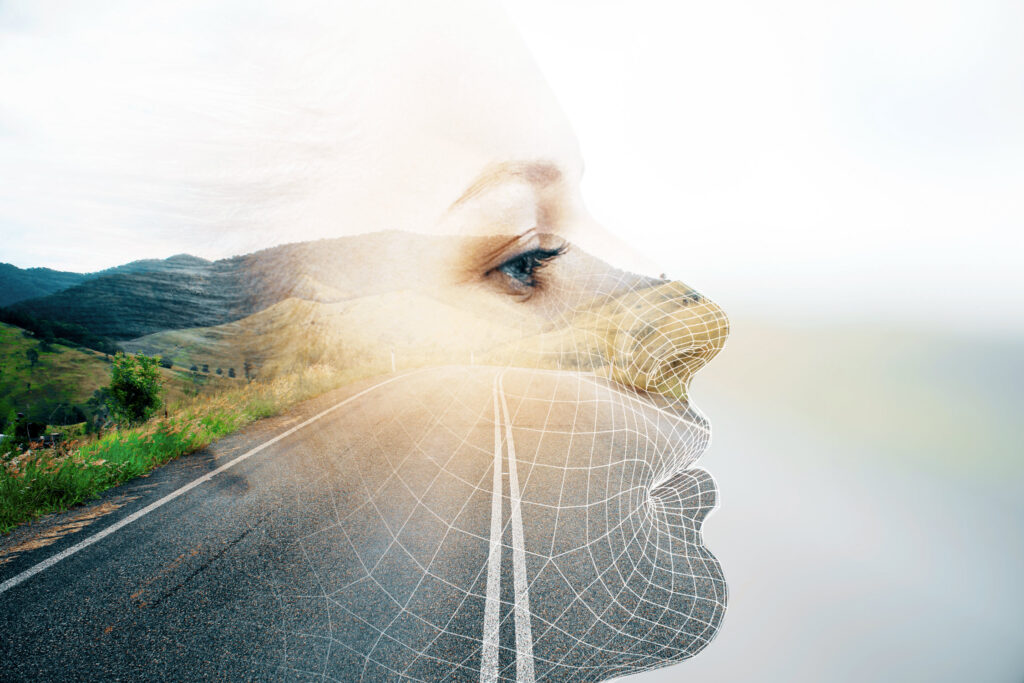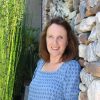At a young age, I was introduced in Sunday school to the idea that what we think and say influences our experiences. This concept was reinforced in a teen church group; then, in my 20s, after graduating from college, I began to study metaphysics. I took Science of Mind classes, wherein we learned principles that we could consistently apply to effect personal change and then we practised using these ideas in our everyday living. One of the main principles that stuck with me was the ‘law of attraction’. It became clear that whenever I said or thought something like, “I’m not good at blank,” “I’m afraid of blank,” “or I have blank condition,” my thoughts were aligning to create or continue those outcomes in my life.
After three years of classes, the idea that thoughts can affect our lives, both positively and negatively, was firmly ingrained in my belief system. This study led to a life-long interest in healing and the connection between our minds and our bodies. I continued studying on my own, reading books by authors who had used the mind-body-spirit connection to create personal healing. I feel extremely blessed to have found these spiritual laws early on. I’ve used them as tools for creating harmony in my life for decades.
This teaching made a profound difference in 1990 when I went into labour more than two months before my due date. At that time, the closest neo-natal intensive care centre was a four-hour drive from our home. The moment my doctor started explaining what would give me the best chance of birthing a healthy baby — first transporting me by ambulance to the local airport, then by air medical transport to UCSF Medical Center in San Francisco — I began using the practices of positive affirmation and visualisation I had been taught.
This day and the weeks that followed were challenging. When I found out I would be flown to San Francisco, I couldn’t reach my husband, as this was prior to cellphones, but fortunately, he was found just in time to join me. My IV broke loose while the medics were loading me via a gurney onto the plane, and I remember seeing splatters of my blood on the ceiling. The medication I received so our son would not be born so soon didn’t have time to take effect. Then, after his emergency birth, doctors and nurses whisked him away before I was even able to hold him.
Allen was placed in an incubator in intensive care. I was discharged one and a half days later, but we had no place to stay, little money with us, no car and no clothes for me. My husband, who’s from Mexico, didn’t yet speak English, so once we secured lodging, I had to venture out in a taxi with him to rent a breast pump. I was wearing UCSF sweats he had hastily purchased. I’d always lived in a small town and this was downtown San Francisco. Right after a traumatic birth and during the weeks Allen stayed in the hospital, we needed to learn how to navigate that city.
The list of what seemed insurmountable was long, including one night when our son’s breathing stopped momentarily in the hospital and later when a medical insurance representative decided to move Allen to a hospital closer to our home without notifying us that he would be transferred that day. When we arrived at the UCSF nursery early that morning he was gone, already heading south in an ambulance transport. While these things were happening, I leaned on my faith, continuing to visualise a healthy baby. I normally spent my waking hours sitting next to his incubator, talking or singing quietly to him through the holes in the isolette nurses used to care for him. Or, for the minutes I was allowed, doing those same things while holding him. I refused to believe in a negative outcome. With a lot of love from us all, he matured into a healthy baby. Now he is a strapping 33-year-old strength trainer.
When I discovered Joe Dispenza’s books some years ago, it felt as if I’d found a kindred spirit, someone who believes much of what I do. Dispenza used practices similar to what I had been taught to heal himself from a serious accident. He was hit by an SUV while riding in the bicycle portion of a triathlon, which fractured six vertebrae in his back. After consulting with several orthopaedic surgeons, he decided not to have the high-risk surgeries they recommended. Instead, he used a combination of alternative healing approaches including meditation; envisioning a healthy, functioning body and believing it was possible to heal himself.
Americans began to examine the connection between thoughts and experiences on a wide scale beginning in 1952 when Norman Vincent Peale published the book The Power of Positive Thinking. Peale’s book made popular the idea that our thoughts can have real effects on our lives. Then in 1976, Norman Cousins used laughter to heal from a potentially fatal degenerative disease and published the account in the New England Journal of Medicine. Cousins believed: “The human body is its own best apothecary and the most successful prescriptions are filled by the body itself.” The Mayo Clinic published two studies in the early 2000s after following hundreds of participants for more than 30 years. One study showed that optimists were overall healthier, physically and mentally. The other found that optimists live longer than pessimists. Another study done at Yale University followed more than six hundred people over the age of 50 for roughly two decades. It found that “. . . attitude had more of an influence on longevity than blood pressure, cholesterol levels, smoking, body weight, or level of exercise.”
My husband and I faced a difficult diagnosis 13 years ago when he was told he had a rare, incurable blood disorder. That first year, as we saw one specialist after another and considered possible treatments, we were distraught and overwhelmed. Over time we learned not to identify that diagnosis with him as a person. What that has meant to us is, whatever treatment we pursue — and over the years that has included traditional, alternative and complementary treatments — we are determined not to see him as a sick person. For years now, he also has received Reiki from me and a good friend. Local specialists and doctors at Stanford are amazed at how well he is today. Because he still looks and feels healthy, we often find ourselves forgetting about his diagnosis. It has been an unexpected journey, one that has taught us to appreciate life and each other more completely. Some valuable things I learned while reading Dispenza’s You Are the Placebo:
- Where thinking is concerned, we are creatures of habit. We have more than 60 000 thoughts each day and 90 per cent of those thoughts are the same ones we had the day before. So, if we want to change something in our life, it’s important to be aware of what we think. According to Dispenza, a new thought can change us—neurologically, chemically and genetically.
- The conscious mind is only five per cent of who we are. The other 95 per cent is the subconscious mind — programmed beliefs and emotions tied to past experiences. Beliefs we have about healing are planted here, well beyond the conscious mind. This is the place where a change in our condition can be more easily effected by choosing more positive thoughts than we had the day before.
- We often become rigid in our routines, which makes one day look much like the day before and the day to come. We wake up, shower, have coffee and start working, etcetera, until our schedules become more and more fixed. I can relate to this. Especially during the Covid-19 pandemic years, I found myself getting increasingly used to being at home and tied to my routine. Dispenza says shaking things up a little and trying new activities at different times of day can help you to start transforming your life, because such changes create new neural pathways.
- The best time to replace old thoughts with new ones is when you are in suggestible brain-wave states. It’s easier during these states to access the subconscious mind, where changes in thinking, and then biology, are made. The two times most conducive to meditating and visualising are right when you wake up and before you drift off to sleep. That is because, when you are closer to the theta brain-wave state, half-awake and half-asleep, you are already primed for an altered state and the subconscious mind is more open.
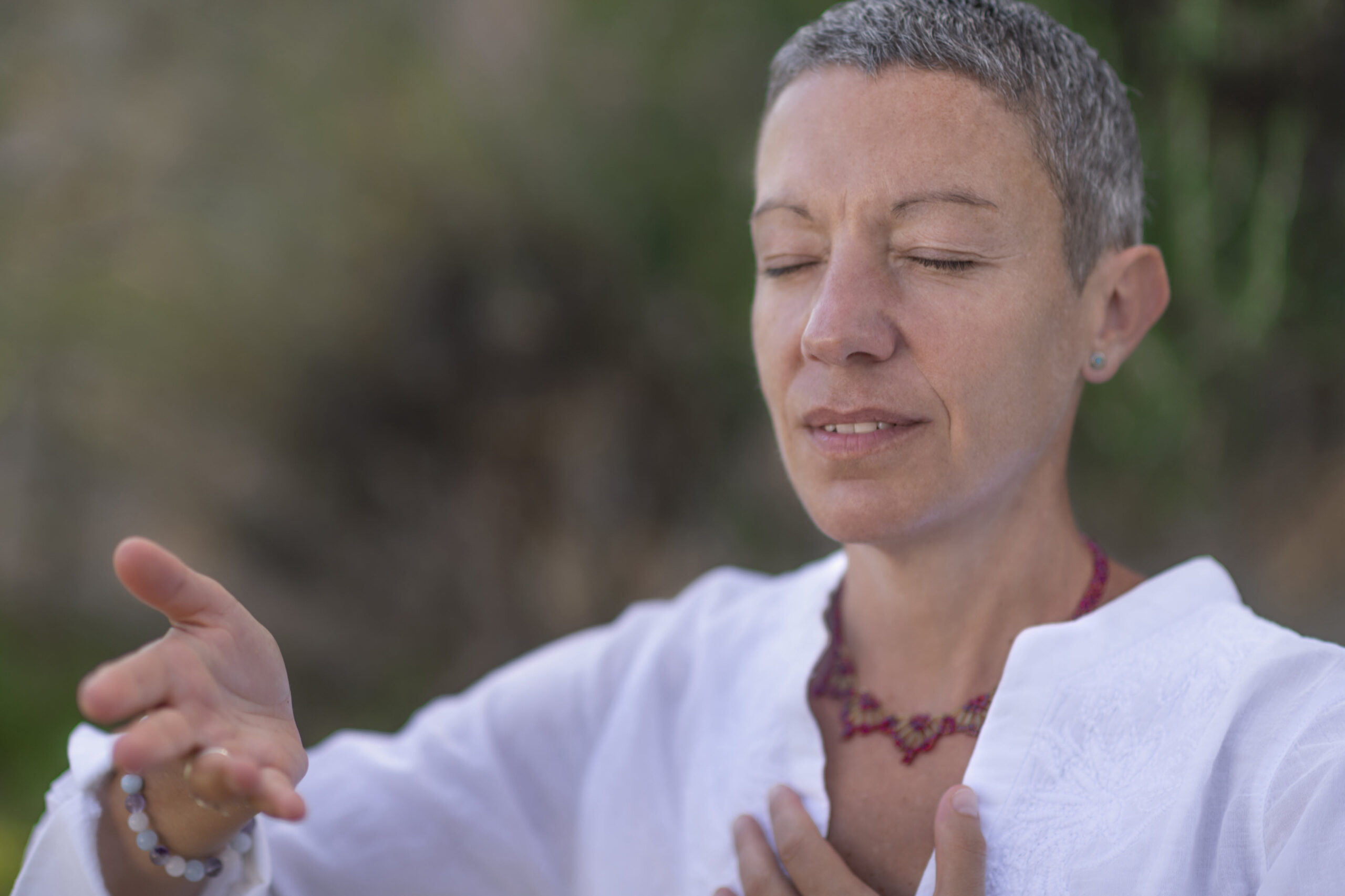
This theory about when we’re most receptive to changes in thought patterns makes sense to me. As a Reiki practitioner and teacher, I’ve had many clients report relaxing into a dream-like state. When I receive Reiki from another practitioner or when I give myself Reiki, I also often get into a state where my body feels like it is asleep even while I am conscious. I believe this might be the theta state and where Reiki more easily brings about healing. During Dispenza’s guided meditations, my body and mind feel comparable to when I receive Reiki. To change a belief, you must start by accepting that it’s possible and then try to replace negative emotions like fear and anger with positive emotions like hope, gratitude, joy, enthusiasm, inspiration, compassion and trust. Changing your emotional energy paves the way for biological systems to reorganise themselves and it gives you every advantage for augmenting your health.
Another topic of interest is the relatively new and exciting science of epigenetics, which is replacing the previously accepted idea that your genes are your destiny. Research in epigenetics shows us that the mind can teach genes to behave in new ways. “Epigenetics is the study of how your behaviours and environment can cause changes that affect the way your genes work. Epigenetic changes do not change your DNA sequence, but they can change how your body reads a DNA sequence.” This new science postulates that the control of genes comes not from within the DNA itself but from signals outside the cell.
“Most people believe the common misconception that our genetic destiny is predetermined and that, if we have inherited the genes for certain cancers, heart disease, diabetes, or any number of other conditions, we have no more control over that than we do our eye colour or the shapes of our noses.” Scientists say that many of the genes we carry have not yet been expressed. Our environment, including our thinking and habits, can signal those genes to either turn on or off. We only express about 1,5 percent of our DNA while the rest lies dormant.
What excites me is the idea presented in the study of epigenetics that individuals can alter their genes during a single generation. That means epigenetic changes can be inherited by our children and then passed down to future generations. “The reality is that you do indeed have some degree of control over your own gene engineering — by way of your thoughts, choices, behaviours, experiences and emotions.”
I believe it is worthwhile to practise awareness of our thoughts as well as the words we speak, because both are forms of energy. It is also possible to set intentions, make affirmations and visualise while giving yourself energy healing, as I do with Reiki, thus combining the two practices. We can choose to use the energy of thoughts and words to open blockages in our bodies and in our experiences. We can set an intention to let go of limiting thoughts and to consider our words before saying them. Little by little, such changes will create a more positive way of living.
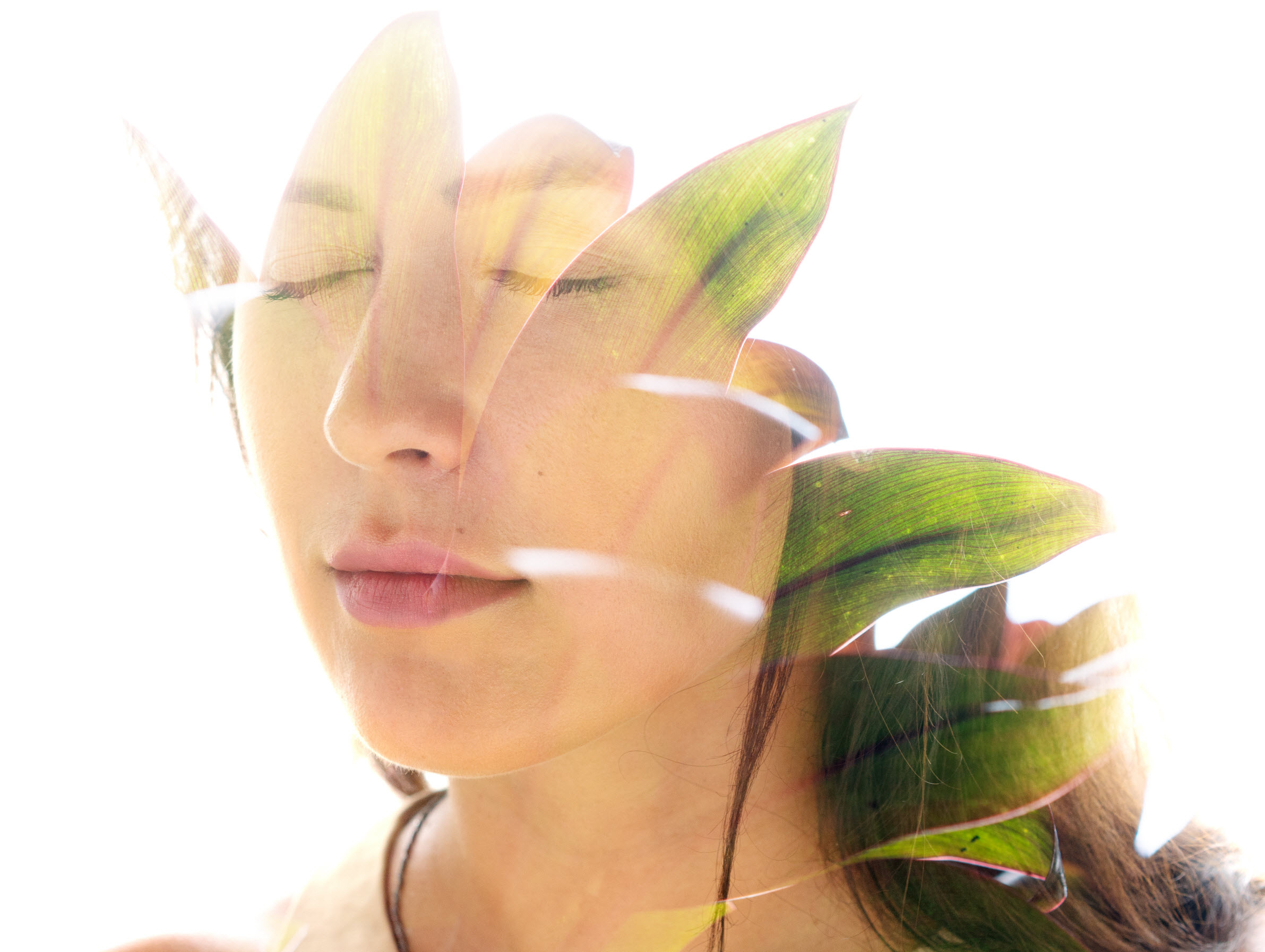
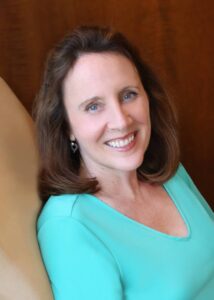
Carolyn Chilton Casas is an Usui/Holy Fire® Reiki master teacher and a Karuna® Reiki master. Her articles and poems have appeared in Braided Way, Energy, Grateful Living, Reiki News Magazine, Touch, and in other publications. You can read more of Carolyn’s work on Facebook, on Instagram @mindfulpoet_ and in her collection of poems Our Shared Breath or a forthcoming collection titled Under the Same Sky.

